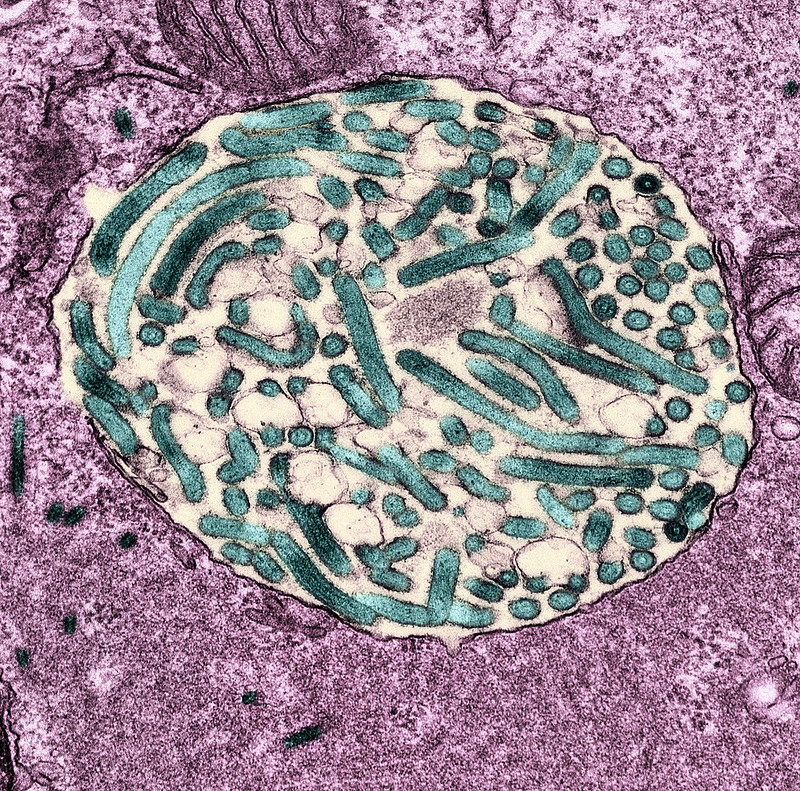Tanzania’s government today declared the end of the country’s Marburg virus outbreak, after passing 42 days—two incubation periods—with no new cases following the death of the last patient.

The outbreak was declared on January 20, with two confirmed cases reported from Kagera region. Both patients died from their infections. In a statement, health minister Jenista Mhagama urged the public to remain vigilant, continue taking precautions, and to report any unusual events.
In a statement today praising Tanzania’s swift response, the World Health Organization (WHO) said alongside the two confirmed cases there were eight probable cases, all fatal. The outbreak marked Tanzania’s second Marburg virus outbreak; the country’s first occurred in the same region in 2023.
The WHO said growing expertise in the African region has been crucial for mounting effective outbreak control strategies. The group added that it helped support Tanzania in its response by training more than 1,000 frontline health workers and delivering essential medical supplies and equipment.
Source still under investigation
Regarding the 100% case fatality rate, the WHO said in a separate overview that the high level was concerning but had been seen in earlier outbreaks. It added that the eight probable cases are a sign of late health seeking behavior, which increases the risk of further transmission.
So far, the source of the outbreak still isn’t known, and the risk of re-emergence from a new spillover from the animal reservoir remains, the WHO said.
The WHO said all of the cases were from the Biharamulo district of Kagera region and that the eight probable cases were people who died before the outbreak was confirmed. Patient ages ranges from 1 to 75 years old and seven were female.
Marburg virus, a member of the same family as Ebola virus, is highly transmissible through infected body fluids and can cause severe hemorrhagic disease. Earlier outbreaks and sporadic cases have been reported by nine African countries.














